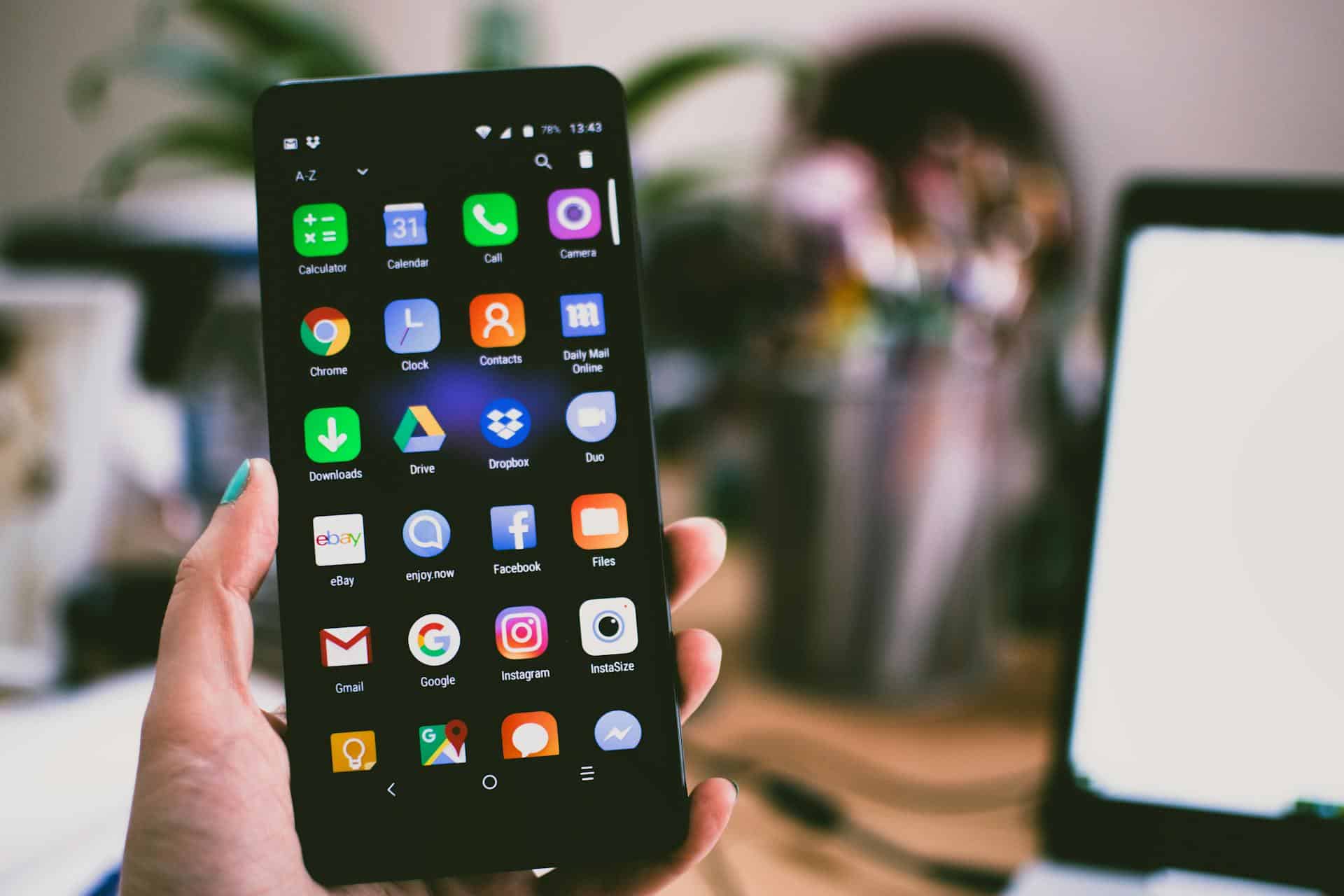Can User Experience (UX) Design Principles Improve Accessibility in Mobile Banking Apps?

With the proliferation of smartphones, mobile banking apps have become the go-to solution for many customers to access financial services. From balance checks to fund transfers, these apps have enabled users to carry out banking transactions effortlessly. However, the question arises, are these apps user-friendly enough to cater to all customers, especially those with accessibility needs? This leads us to the question: Can User Experience (UX) Design Principles Improve Accessibility in Mobile Banking Apps? In this article, we will delve into the role of UX design principles in enhancing the accessibility of mobile banking apps.
Understanding User Experience Design
User Experience (UX) design is more than just creating visually appealing products. It is about understanding the users, their needs, values, abilities, and limitations. A well-designed product, be it a physical object or a digital app, should be intuitive, easy to use, and inclusive. It should cater to the needs of all users, irrespective of their age, language, or physical abilities.
Dans le meme genre : How Are Smart Pills With Embedded Sensors Revolutionizing Medication Adherence Monitoring?
A main characteristic of UX design is its user-centered approach. Designers must empathize with the users, understand their pains, and create solutions that address those pain points. This often involves conducting user research, creating user personas, journey mapping, and usability testing among other practices.
In the realm of mobile banking apps, the importance of UX design cannot be overstated. With diverse customers, from tech-savvy millennials to seniors who may struggle with technology, the demand for accessible and easy to use apps is high.
Dans le meme genre : What’s the Potential of Telepresence Robots in Enhancing Remote Work Collaboration?
The Role of UX Design in Mobile Banking
The crucial role of UX design in mobile banking is to create a seamless, user-friendly experience for customers. The users should be able to navigate through the app intuitively, complete the desired transactions without much thought, and have a pleasant overall experience. This could mean having easy-to-read fonts, clear instructions, informative feedback, and a design that reduces the cognitive load of the users.
Accessibility is one of the key aspects of UX design. Designers must ensure that the app is accessible to people with different abilities. This could mean accommodating users with visual, hearing, cognitive, or motor impairments. For instance, providing text-to-speech functionality for visually impaired users and ensuring the app is navigable using screen readers.
Mobile banking apps are also expected to retain an element of personal touch. People are used to interacting with bank employees face-to-face and this human connection is important to them. The challenge for designers is to recreate this experience in the digital realm. This could be through chatbots that mimic human conversation, or personalized greetings and messages.
Incorporating UX Design Principles in Mobile Banking
Designing a mobile banking app that offers a superb user experience is no easy task. However, adhering to good UX design principles can make the task more manageable. Here are some strategies:
Simplicity: Keep the design simple and intuitive. Make sure the options are easily identifiable and the number of screens to execute a task is minimal. Simplicity reduces cognitive load, making the app easier to use.
Consistency: Maintain consistency across all screens and functions. This helps users learn how to use the app quickly, as they can transfer their knowledge from one part of the app to another.
Feedback: Provide clear and immediate feedback. This lets users know if their actions were successful or if there are any errors. It reassures users that the system is responding to their actions.
Flexibility: The app should be flexible and accommodate the preferences of different users. This could mean offering customizable themes, font sizes, and layouts.
Accessibility: Ensure the app is accessible to all users, regardless of their abilities. Follow accessibility guidelines such as those provided by the Web Content Accessibility Guidelines (WCAG).
The Impact of UX Design on Mobile Banking
A well-designed mobile banking app not only ensures a smooth user experience but also builds trust among customers. Users are more likely to continue using an app that is easy to use and meets their needs. This can lead to increased customer loyalty and retention.
Furthermore, an accessible app can reach a larger audience. For instance, designing for accessibility can make the app usable for visually impaired or elderly customers, who might otherwise struggle with the app.
In the highly competitive fintech landscape, good UX design can set a mobile banking app apart. It can be the deciding factor that convinces a customer to choose one app over another.
As we delve deeper into the digital age, the role of UX design in mobile banking is set to become even more important. Designers will have to stay abreast with the latest technologies and trends, and continually refine their designs to meet evolving user needs.
In summary, incorporating UX design principles can greatly improve the accessibility and usability of mobile banking apps. By focusing on the users and their needs, designers can create apps that offer a delightful experience for all customers. While there are still challenges to be addressed, the future of mobile banking looks promising, with UX design at the forefront.
Best Practices for UX Design in Mobile Banking
As the digital banking sector continues to evolve, the importance of user experience (UX) design takes a central stage. To ensure a satisfying user experience in your mobile banking apps, some best practices need to be incorporated in the design and development process. These practices are critical in creating mobile apps that are not only visually appealing but also user-friendly and accessible.
User Research: This forms the foundation of UX design. Understanding the needs, preferences, and challenges of the users is crucial. This involves conducting surveys, interviews, and usability testing among other research methods. The insights gathered will guide the design process and ensure the end product meets the needs of the users.
Prototyping: Creating a prototype of the mobile app before actual development is a great way to visualize and test the design. Prototyping allows designers to experiment with different design elements and make changes based on users’ feedback.
User Interface (UI) Design: A user-friendly interface is a major determinant of the overall user experience. The UI design should be simple, intuitive, and consistent across all screens. The use of easily identifiable icons, clear labels, and easy-to-read fonts can enhance the usability of the app.
Responsive Design: With the variety of mobile devices in the market, the mobile banking app should be designed to adapt to different screen sizes and orientations. This enhances the user experience as they can comfortably use the app on any device.
Security: Security is paramount in mobile banking. The app design should incorporate security features such as two-factor authentication, biometrics, and encrypted data transmission. A secure app enhances user trust and promotes usage.
The Future of Mobile Banking and UX Design
As we look towards the future, the role of UX design in mobile banking is only set to grow. The focus is shifting from simply providing banking services to ensuring these services are delivered in a manner that delights the users. Given the increasing competition in the fintech app space, providing a superior user experience can be a significant differentiator.
Mobile banking is expected to become more personalized, with apps tailored to individual user needs. Artificial intelligence and machine learning technologies will play a key role, allowing for personalization at scale. For instance, predictive analytics can be used to recommend banking products based on a user’s transaction history.
In addition, we can expect to see more innovative solutions aimed at enhancing accessibility. Advancements in voice recognition technology, for instance, could make it possible for users to carry out transactions via voice commands. This would greatly improve the banking experience for visually impaired users.
In conclusion, UX design holds the key to successful mobile banking apps. By adhering to best practices and continually innovating, designers can create apps that are not only functional but also provide a delightful user experience. As we move forward, the marriage of UX design and mobile banking promises to deliver more inclusive and user-friendly banking solutions. As such, the future of digital banking appears bright, with UX set to play a pivotal role in shaping the industry.
